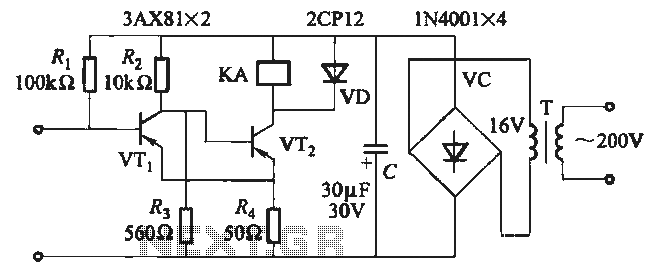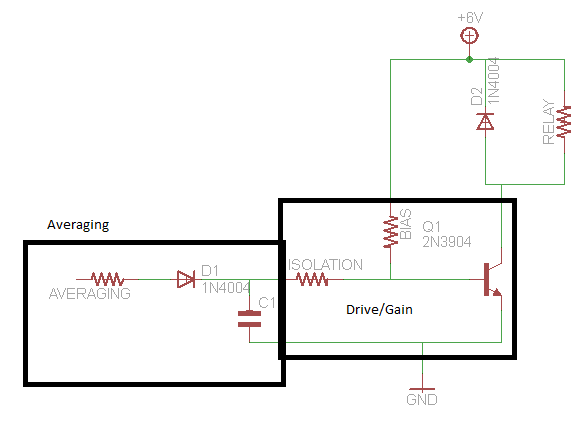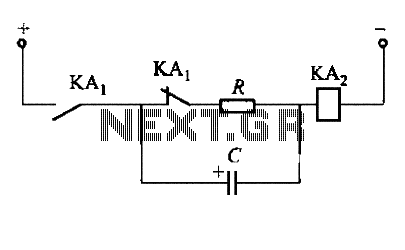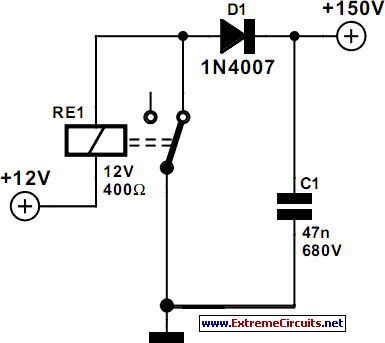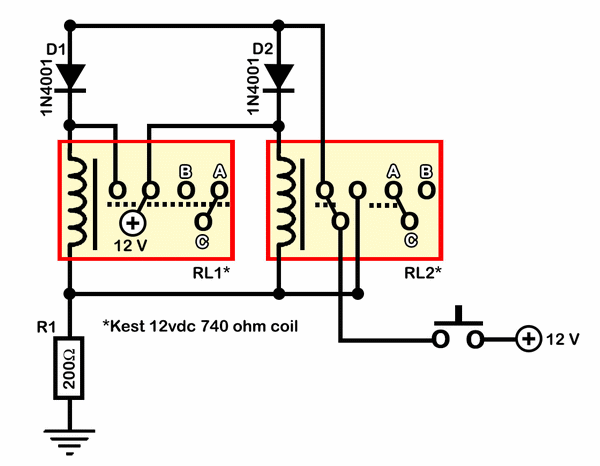
A-C STATIC LATCHING RELAY
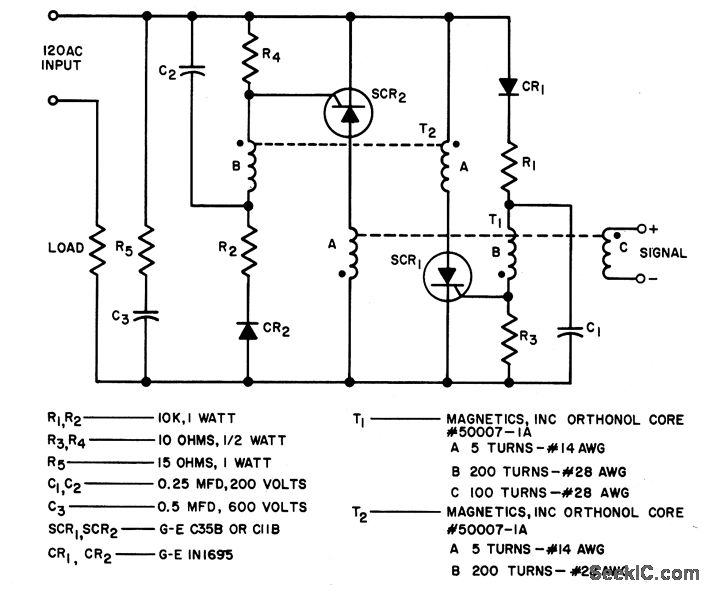
This component is equivalent to a single-pole electromechanical latching relay with an electrically isolated solenoid. Once activated, the circuit remains in a conductive state even if the line voltage is interrupted for extended periods. A positive reset action necessitates a minimum load current of 1 amp to flow whenever the circuit is closed.
The described component functions as a single-pole electromechanical latching relay, which is designed to maintain its state without continuous power. This characteristic is particularly useful in applications where power interruptions are common, as it retains its conductive state until a specific reset condition is met. The electrically isolated solenoid ensures that the control circuit is separated from the load circuit, enhancing safety and reducing the risk of interference between the two.
In operation, when the relay is energized, it engages the latching mechanism, allowing current to flow through the load. This state persists even if the power supply is disconnected, thereby providing a reliable solution for applications requiring memory or state retention without a continuous power source. The requirement for a minimum load current of 1 amp during the reset phase ensures that the relay can only be reset under adequate load conditions, which helps prevent accidental resets due to transient conditions or noise in the circuit.
This type of relay is commonly used in various applications, including industrial automation, lighting control systems, and remote control circuits, where maintaining a specific state is crucial for operational integrity. The design considerations for such a device include ensuring that the solenoid is capable of withstanding the necessary current levels and that the latching mechanism is robust enough to handle repeated operations without failure.Is equivalent to single-pole electromechanical latching relay with electrically isolated solenoid. Once turned on, circuit remains in conducting state even though line voltage is interrupted for long periods of time. Positive reset action requires that minimum load current of 1 amp flow whenever circuit is closed. -"Silicon Con-trolled Rectifier Ma nual, " Third Edition, General Electric Co. , 1964, p 106. 🔗 External reference
The described component functions as a single-pole electromechanical latching relay, which is designed to maintain its state without continuous power. This characteristic is particularly useful in applications where power interruptions are common, as it retains its conductive state until a specific reset condition is met. The electrically isolated solenoid ensures that the control circuit is separated from the load circuit, enhancing safety and reducing the risk of interference between the two.
In operation, when the relay is energized, it engages the latching mechanism, allowing current to flow through the load. This state persists even if the power supply is disconnected, thereby providing a reliable solution for applications requiring memory or state retention without a continuous power source. The requirement for a minimum load current of 1 amp during the reset phase ensures that the relay can only be reset under adequate load conditions, which helps prevent accidental resets due to transient conditions or noise in the circuit.
This type of relay is commonly used in various applications, including industrial automation, lighting control systems, and remote control circuits, where maintaining a specific state is crucial for operational integrity. The design considerations for such a device include ensuring that the solenoid is capable of withstanding the necessary current levels and that the latching mechanism is robust enough to handle repeated operations without failure.Is equivalent to single-pole electromechanical latching relay with electrically isolated solenoid. Once turned on, circuit remains in conducting state even though line voltage is interrupted for long periods of time. Positive reset action requires that minimum load current of 1 amp flow whenever circuit is closed. -"Silicon Con-trolled Rectifier Ma nual, " Third Edition, General Electric Co. , 1964, p 106. 🔗 External reference
